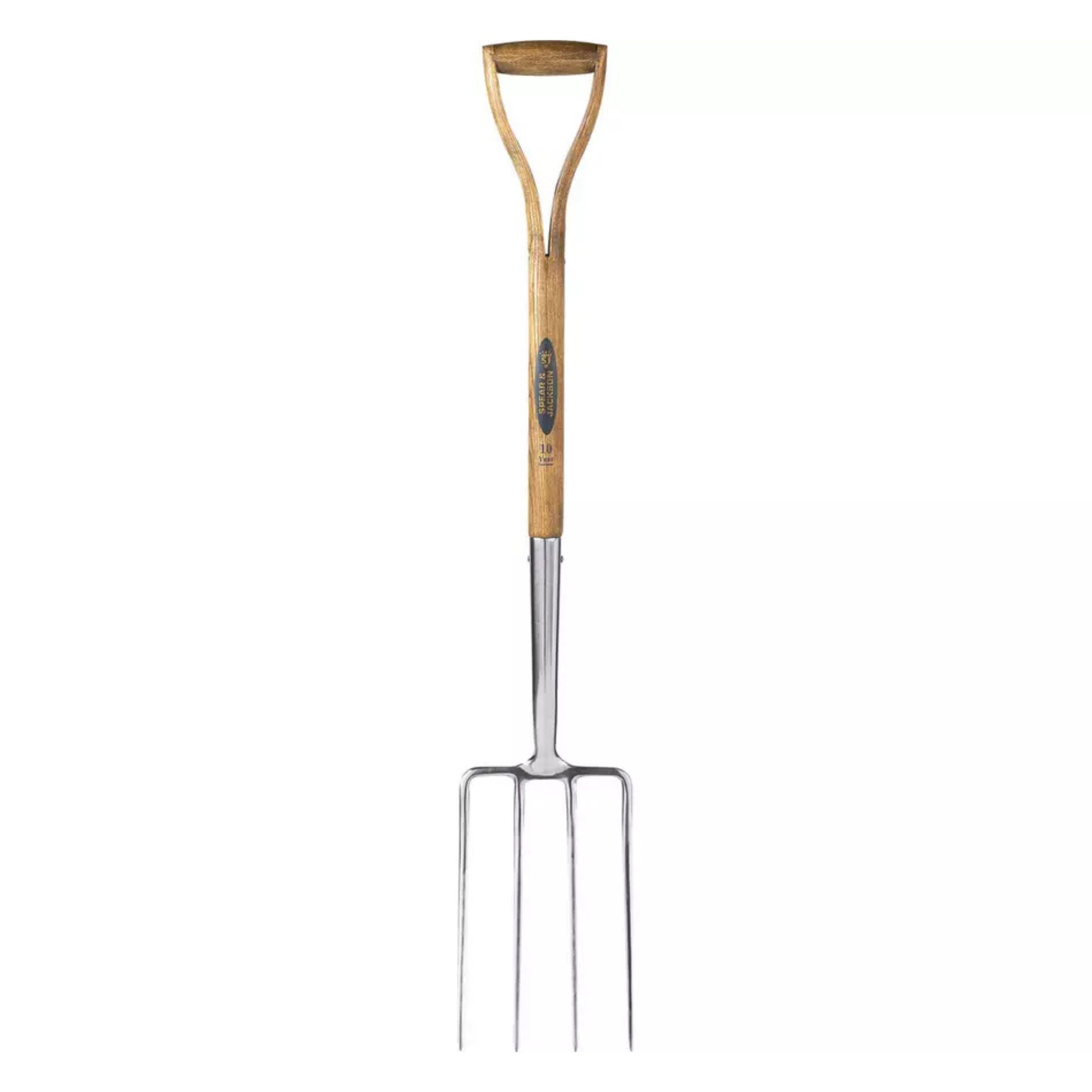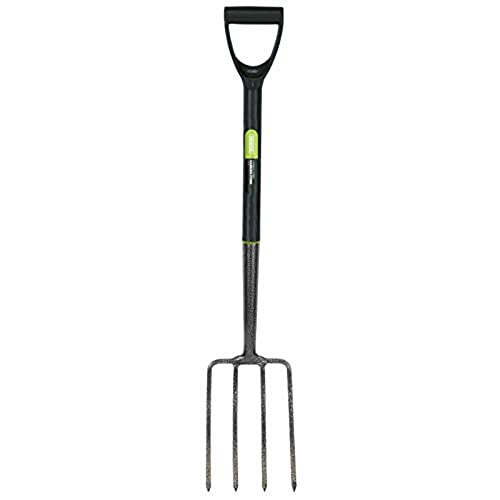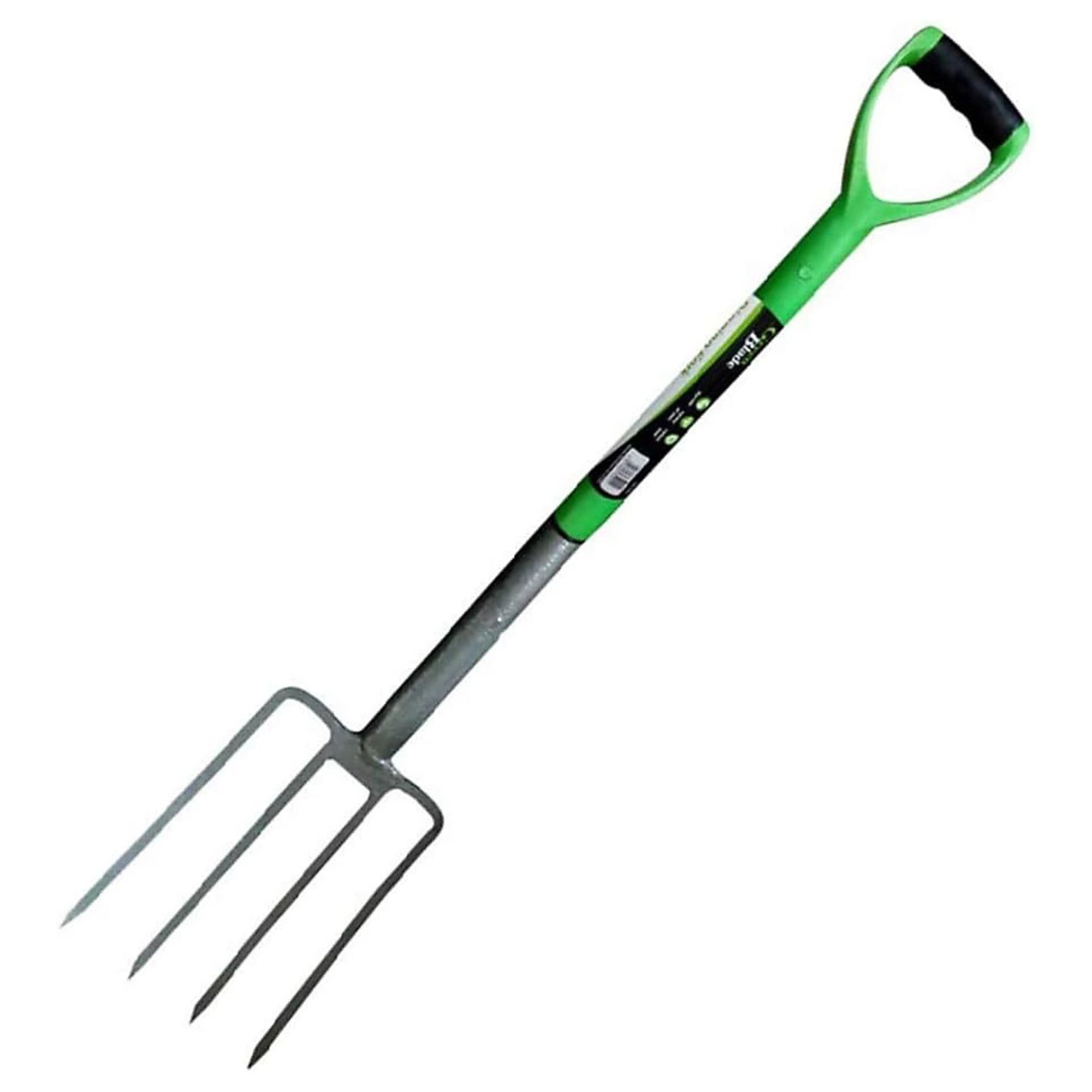5 reasons you need a garden fork – it's a staple in any gardener's shed, with so many benefits
We've rounded up all of the ways you can use one
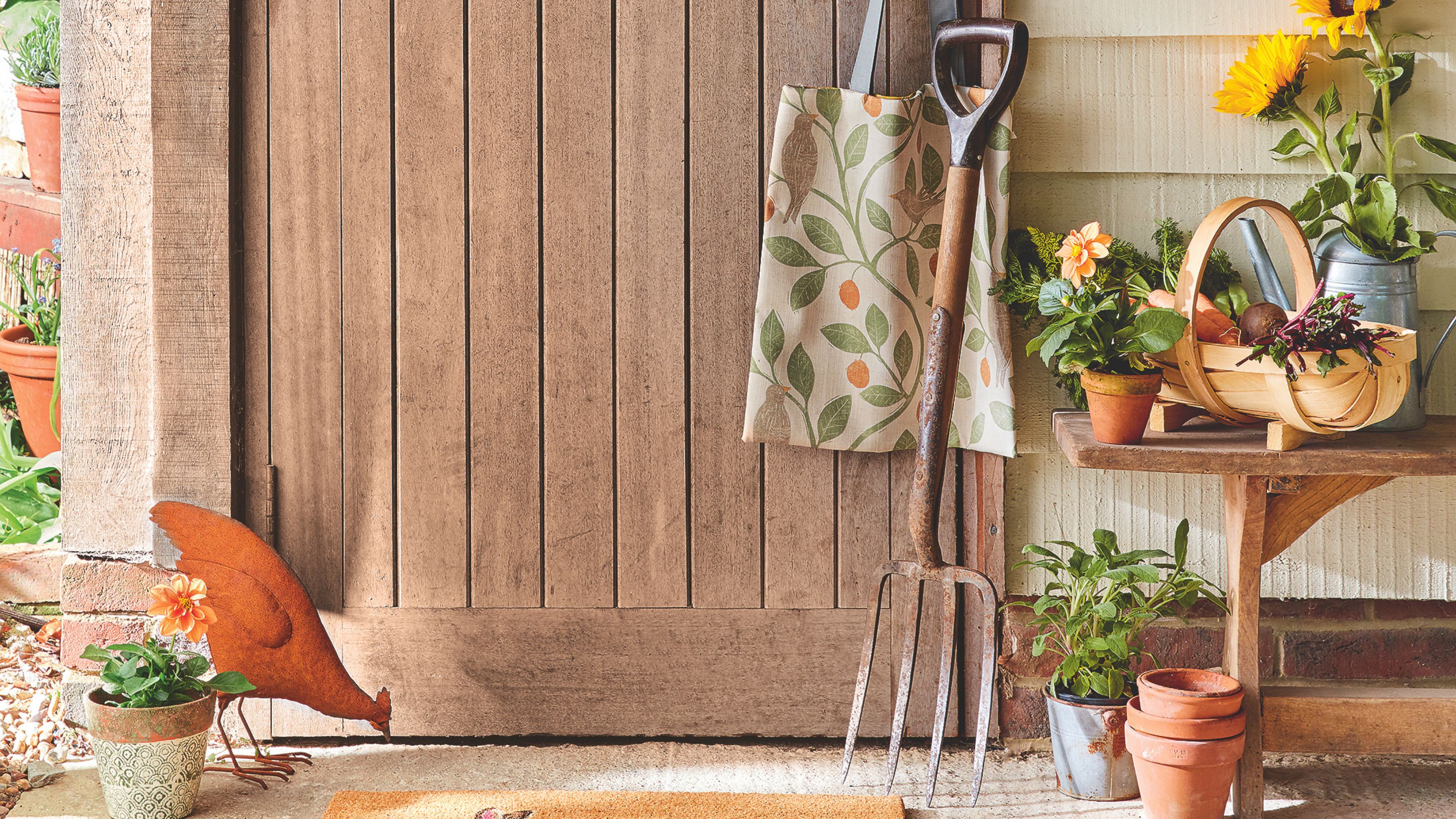

It’s one of the most popular garden tools out there, but what is a garden fork used for, exactly?
If you haven’t already, you’ll want to add this garden tool to your shed. I recently explored the differences between a shovel and a spade, but the garden fork stands out as a distinctly recognisable piece of equipment. It has a few different uses, though, so I thought I’d take a closer look.
I’ve spoken to the experts to pinpoint what a garden fork is used for and its various benefits in the garden.
1. Preparing your soil

When it comes to cultivating soil for gardening, a garden fork is a staple.
‘Also referred to as a border fork, a garden fork is used for cultivating and preparing the soil, allowing air and water to penetrate,’ says Hayden Salt, garden centre manager at Jacksons Nurseries.
If you’ve been wondering how to improve clay soil for gardening, a garden fork is one of the most important tools to have in the shed.
‘Garden forks usually have four slender tines which are ideal for breaking up compacted soil,’ Hayden adds.
Sign up to our newsletter for style inspiration, real homes, project and garden advice and shopping know-how
Where to buy a garden fork
2. Lifting plants and harvests
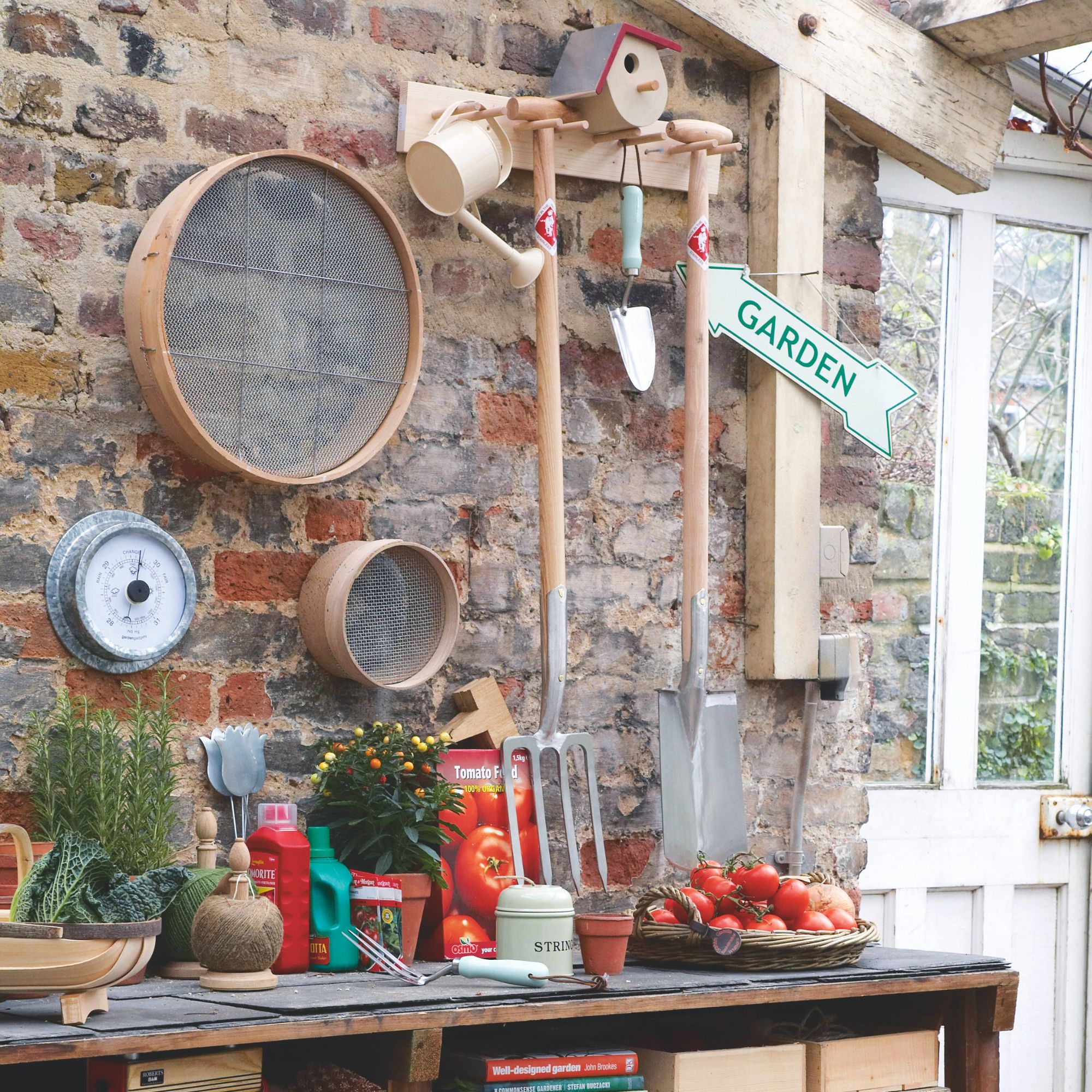
The tines on a garden fork make it perfect for lifting and transplanting plants.
‘You're much less likely to cause damage to root systems when digging up plants with a garden fork than a spade, because the tines won't cut roots off or tear right through them,’ explains Morris Hankinson, managing director and founder of Hopes Grove Nurseries.
A garden fork can also be used to lift potatoes and other root vegetables from the soil when it comes to harvest time.
3. Aerating your lawn

If you’re learning how to aerate your lawn for the first time this year and don’t own a manual or electric aerator, a garden fork will do a brilliant job.
‘Garden forks are perfect for many light tasks around the garden,’ says Hayden. ‘This includes aerating a lawn, thanks to their long and slender tines.’
Making holes in your grass with a garden fork might seem counter-productive, but it’s actually one of the best ways to improve lawn drainage.
4. Turning compost
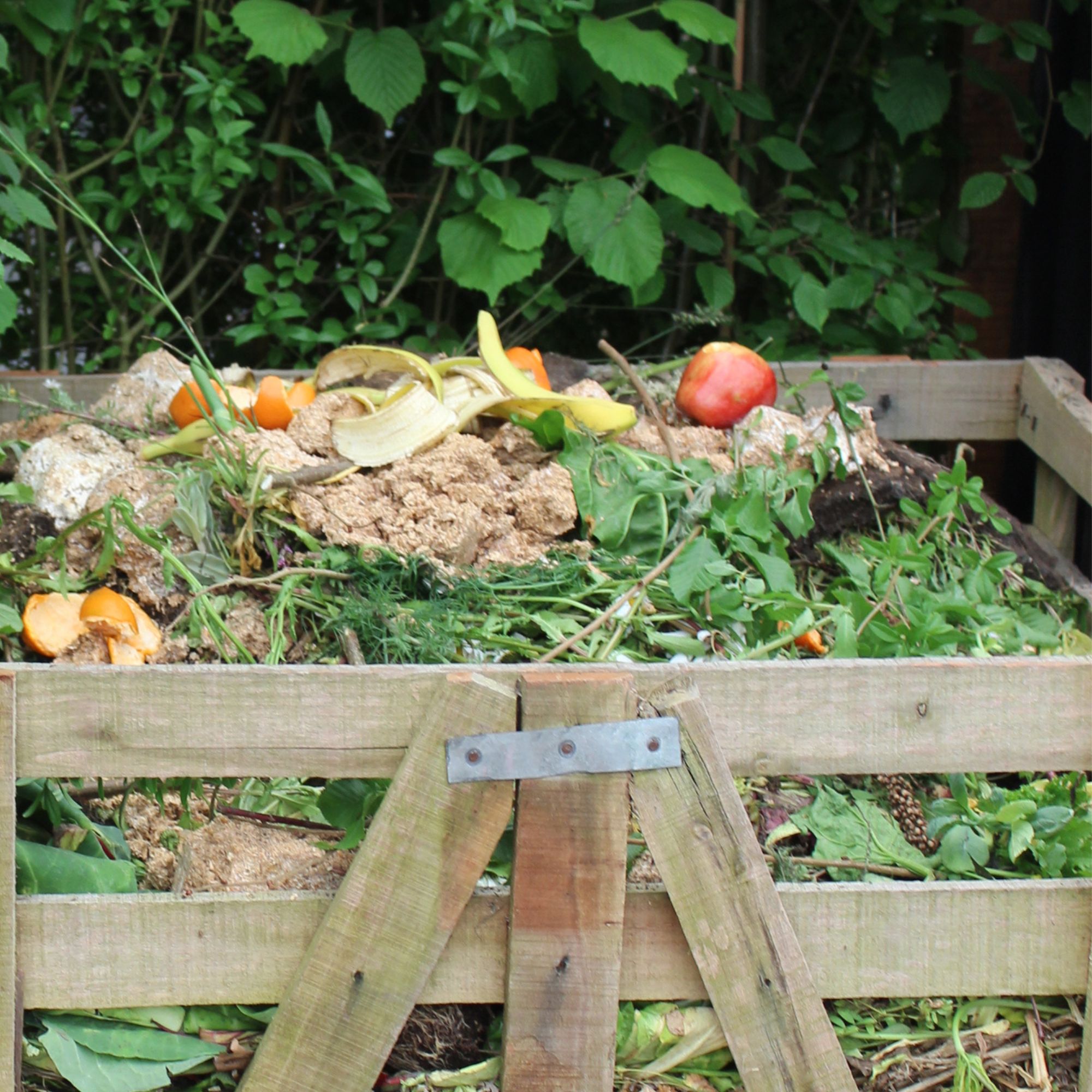
If you’ve learned how to make compost and amassed a large heap, a garden fork is ideal for turning it over.
Turning your compost regularly can actually aid decomposition and achieve that rich, crumbly organic matter even faster.
If you're in the market for a compost bin that you don't need to fork over manually, you can pick up an Outsunny 160L Tumbling Compost Bin for £52.99 from Amazon, which has a rotating chamber.
5. Weeding
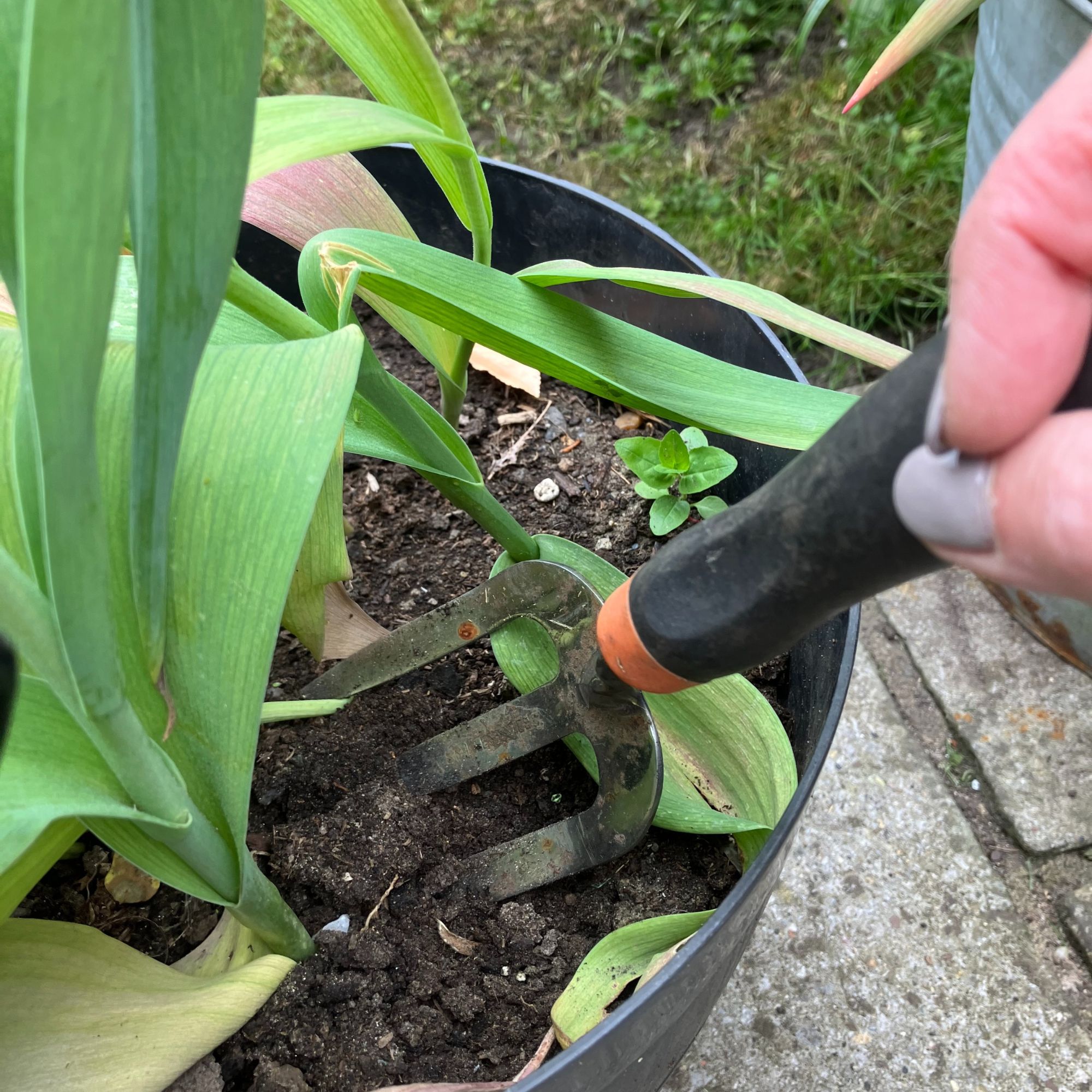
If you’re keen to get rid of weeds but don’t have a dedicated weeding tool to hand, a small hand fork like Draper's Carbon Steel Heavy Duty Weeding Fork from Amazon can be an effective alternative.
‘Garden forks are great tools to use when weeding, as they can pull up all the roots to prevent them from growing back,’ says Morris.
FAQs
What is the difference between a garden fork and a digging fork?
They’re very similar, but generally, a digging fork is the larger version.
‘In contrast to a lighter and slightly smaller garden fork, a digging fork is for heavy-duty garden tasks,’ explains Hayden from Jacksons Nurseries. ‘They tend to have shorter and thicker tines which are more durable to work through hard or compacted soil, and a wider head.'
Digging forks are usually reinforced, which means they’re slightly heavier than other garden forks.
So, what is a garden fork used for? Countless garden tasks! It's definitely one to add to your list.

Sophie joined the Ideal Home team as Gardens Editor in June 2024. After studying English at Royal Holloway, University of London, she began writing for Grow Your Own, which spurred on her love of gardening. She's tried growing almost every vegetable under the sun, and has a soft spot for roses and dinnerplate dahlias.
As Gardens Editor, Sophie's always on the lookout for the latest garden trend. She loves sharing growing hacks for every space, from herbaceous borders to balconies.
